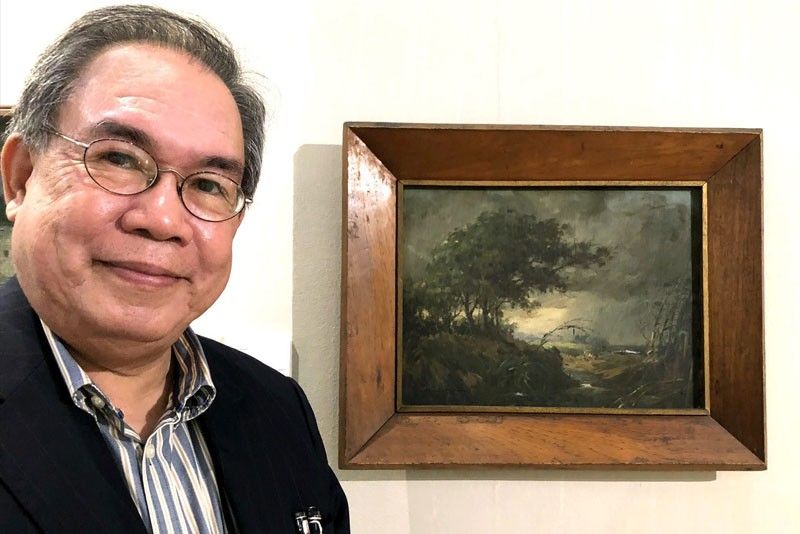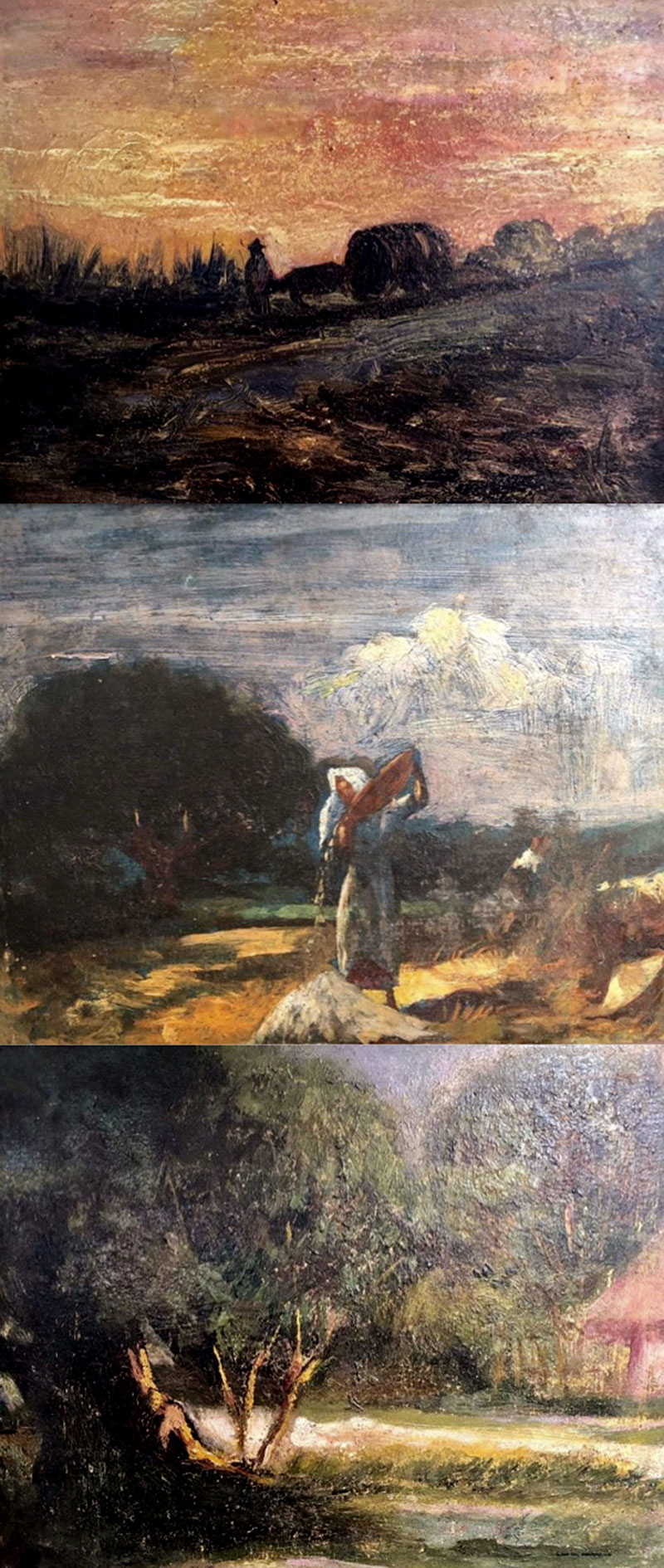Mysteries of art

Perhaps it’s my form of escapism from the madness of the present, but I’m drawn to landscapes with bamboos rustling in the breeze, to sunsets bursting with fruity promise.
(To be concluded)
I’ll ask my readers to bear with me as I explore and try to solve, in another two-part series, some mysteries of art.
Alongside my recent love affair with old books, I’ve rekindled an early and abiding interest in art, particularly in paintings of a certain kind. My wife Beng, of course, is an artist — a watercolorist, a dreamer of waterscapes and landscapes — who’s also an art restorer and conservator, so the two of us have been fortunate to come closer to the works of the masters than most gallery hoppers. And I mean close, as in half an inch away from the tip of one’s nose to an Amorsolo or a Botong or, when we visit museums abroad, to a Rembrandt or a Tiepolo, because Beng can’t resist examining the minutiae of the painting’s restoration, often prompting a frantic museum guard to shriek, “Step back, Madame!”
We enjoy most schools and styles of art, from El Greco and Turner to O’Keefe and Matisse, but — as you can gather from those names I just dropped — our sexagenarian sensibilities might have a hard time cozying up to the likes of Basquiat, whom we could try to understand and appreciate, like we were taking an exam for a Humanities class, but not hang above our bed. (I’ll receive those boos now from my hipper friends.)
I myself have been veering closer, in my creeping senescence, toward something I can only vaguely describe as a midcentury romanticism — an imagined age of innocence before the Second World War, and of optimism after, like the war never happened, like no war could obliterate. Perhaps it’s my form of escapism from the madness of the present, but I’m drawn to landscapes with bamboos rustling in the breeze, to sunsets bursting with fruity promise, to rivers teeming with lilies, to beaches without people. Over the past few months, I’ve been picking up art pieces — paintings and prints — in this old-fashioned mode.

A trio of possible Sernas
Given my UP professor’s salary, I have to work within a very limited budget, so I collect by sight rather than by name. This means that a painting should enthrall me — I should feel a rush of excitement, or a pang of melancholy, a cry of delight, the minute I see the piece; I should want to think about it again, to have it intrude into the most inconvenient moment of some mundane preoccupation. It might make me want to know more about the artist after — not necessarily before — I buy the painting.
I felt that surge last month when Beng and I drove out on a Saturday to a corner of Pampanga to view three small paintings I had spotted online, being offered by a picker. They were unsigned — so forget finding some mislaid Amorsolo — but they exuded rustic charm, a harking back to a lost provincial Eden. All my seller could say about them was that he had acquired them as a batch with a fourth and larger one, in the same style, that he had sold earlier, and that other one was signed “Serna 1944.” Serafin Serna (1919-1979) was, indeed, a painter of nature, a student of Amorsolo; most significantly, his brief biography online mentioned that Serna often didn’t sign his works. So the tantalizing possibility remains that my pastoral paeans were done by his hand, and they will be so attributed in our home gallery, pending proof to the contrary.
Not long after, pretty much by the same route (although this one led to a gas station in Parañaque), I picked up two other little gems of the genre — landscapes done in 1957 by Gabriel Custodio (1912-1993), who I was ashamed to admit I knew nothing about until that instant. But again, encountering Custodio (another student of Amorsolo) reminded me of how important it is to scour our backyard for obscure treasures — many hidden, but others in plain sight.
Imagine my exhilaration when, two Saturdays ago, Beng and I attended the opening of the Metropolitan Museum’s fabulous new exhibit, “Fascination with Filipiniana: The Vargas Collection In the Wake of War and the Modern: Manila 1941-1961.” The curator himself, Dr. Patrick Flores, walked me up to one Serna and Custodio after the other, educating me on that key period of transition between the traditionalists and modernists — particularly the fact that the lines between were never that sharply drawn.
For now this is just a long introduction to build up some credibility for what I’m about to claim, which is a heightened sense of awareness in things artistic, albeit from a strictly amateur perspective. It’s the kind of awareness that allows me to pronounce (at least to myself), “Hmmm, this painting looks nice, but unfortunately it’s a fake, because XX never used an apostrophe when he dated his later signatures, as in ’76 or ’83,” or “How can this be from 1995 when ZZ died in 1986? Besides the strokes are all wrong, they’re way too hurried.”
Next week, we’ll deal with a real whodunit: who did that life-size painting of Rizal and a cohort of Spaniards stored for decades in UP Diliman? I’ll offer my conjecture.
* * *
Email me at jose@dalisay.ph. and visit my blog at www.penmanila.ph.



















